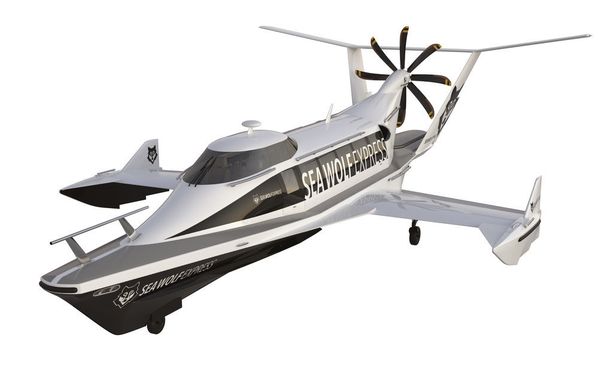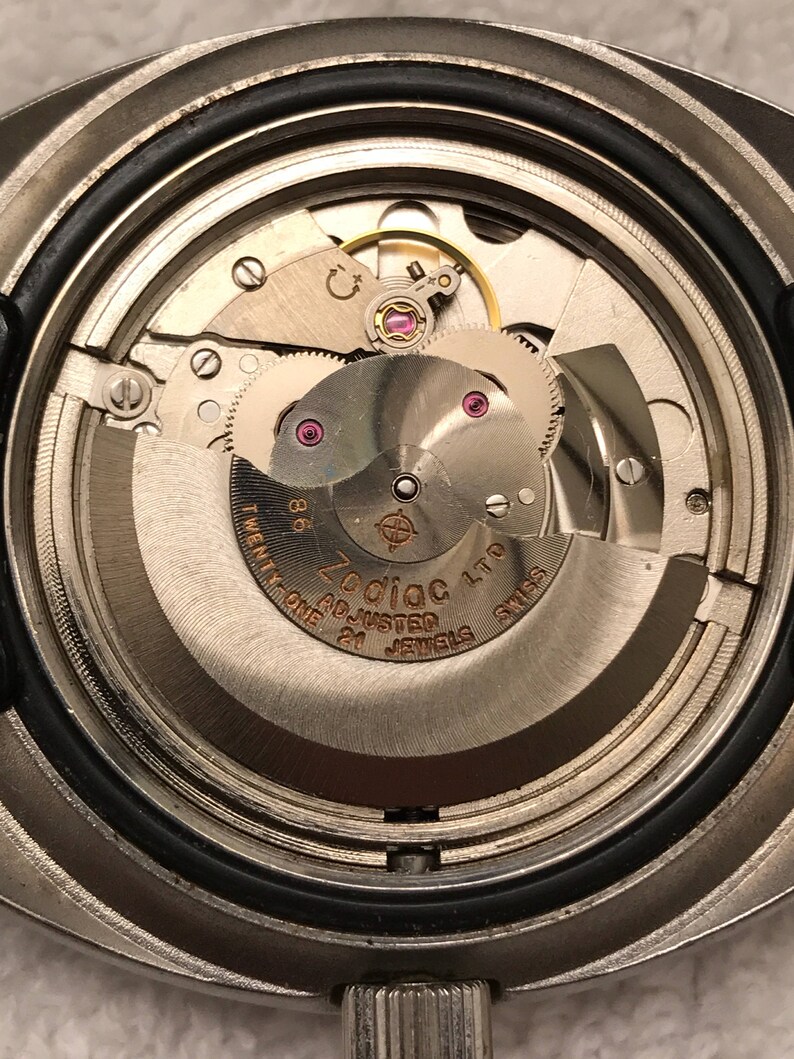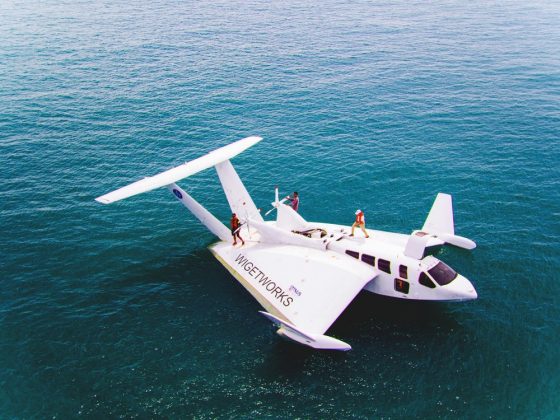

The Boston-based (United States) company REGENT proposed an electric-powered high-wing design with a standard hull for water operations, but also incorporated fore- and aft-mounted hydrofoil units designed to lift the craft out of the water during takeoff run, to facilitate lower liftoff speeds. The ground-effect vehicle constitutes a unique class of transportation. Unlike the hydrofoil, it does not have any contact with the surface of the water when in "flight". It differs from the hovercraft in lacking low-speed hover capability in much the same way that a fixed-wing airplane differs from the helicopter. Some GEV designs, such as the Russian Lun and Dingo, have used forced blowing under the wing by auxiliary engines to increase the high pressure area under the wing to assist the takeoff however they differ from hovercraft in still requiring forward motion to generate sufficient lift to fly.Īlthough the GEV may look similar to the seaplane and share many technical characteristics, it is generally not designed to fly out of ground effect. The distinguishing characteristic is that they are unable to land or take off without a significant amount of help from the ground effect cushion, and cannot climb until they have reached a much higher speed.Ī GEV is sometimes characterized as a transition between a hovercraft and an aircraft, although this is not correct as a hovercraft is statically supported upon a cushion of pressurized air from an onboard downward-directed fan. Once sufficient speed has built up, some GEVs may be capable of leaving ground effect and functioning as normal aircraft until they approach their destination. Placing the same wing near a surface such as the water or the ground has the effect of increasing the aspect ratio, but without having the complications associated with a long and slender wing, so that the short stubs on a GEV can produce just as much lift as the much larger wing on a transport aircraft, though it can do this only when close to the earth's surface.

This is the primary reason gliders have long wings. The greater the span of a wing, the less induced drag created for each unit of lift and the greater the efficiency of the particular wing. The high and low pressures are maintained until they flow off the ends of the wings, where they form vortices which in turn are the major cause of lift-induced drag-normally a significant portion of the drag affecting an aircraft. The basic design principle is that the closer the wing operates to an external surface such as the ground, when it is said to be in ground effect, the less drag it feels.Īn airfoil passing through air increases air pressure on the underside, while decreasing pressure across the top. ( March 2018) ( Learn how and when to remove this template message)Ī ground-effect vehicle needs some forward velocity to produce lift dynamically, and the principal benefit of operating a wing in ground effect is to reduce its lift-dependent drag. Unsourced material may be challenged and removed. Please help improve this article by adding citations to reliable sources.


This section needs additional citations for verification.


 0 kommentar(er)
0 kommentar(er)
